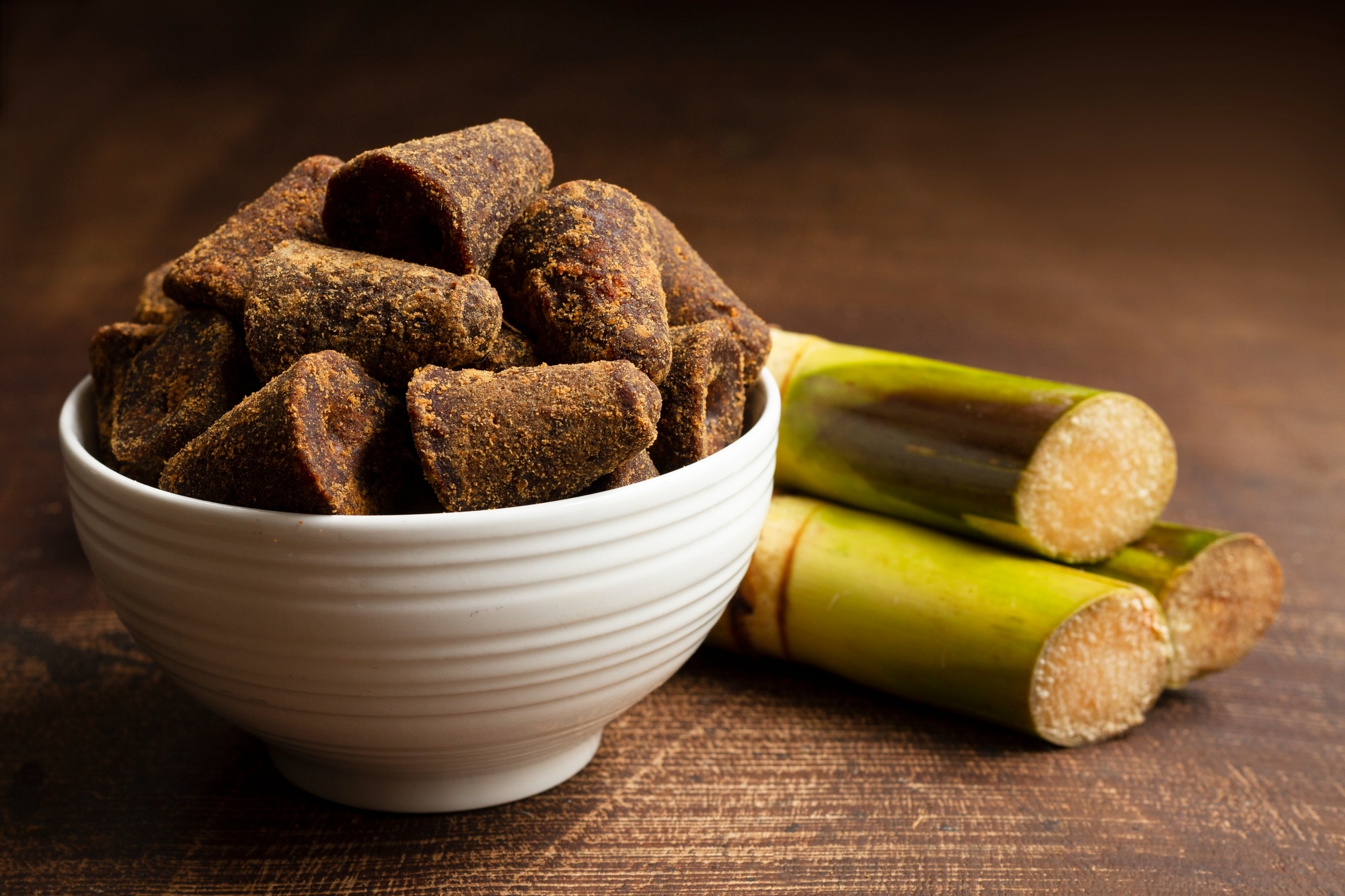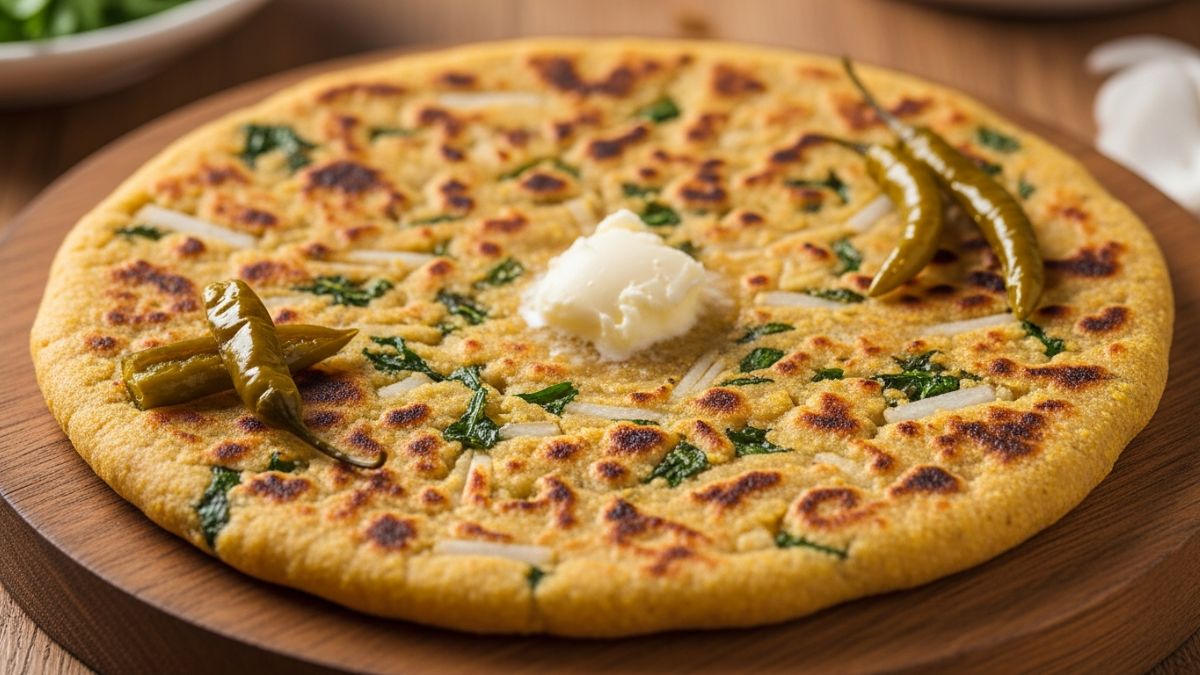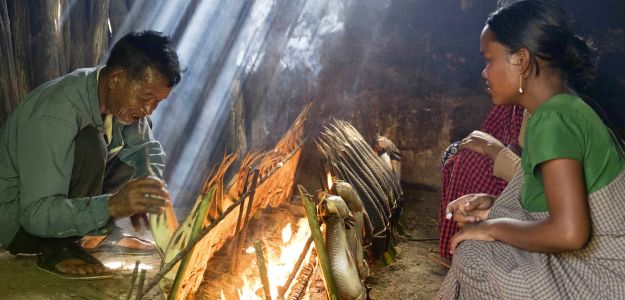The northeastern Indian region of Meghalaya is rich in native food traditions. Sandwiched between Bangladesh and Bhutan, and with Myanmar to its east, Meghalaya is a lush, hilly area of forests and lakes, with high rainfall, spectacular waterfalls and "living" bridges woven from trees that attract local tourism. Yet many of its villages are remote, with few main roads or other means of access.
Their inaccessibility has helped preserve many traditional food customs, from rice growing to beekeeping.
Keeping the traditional ways
"Our region has been proud to host this year's Indigenous Terra Madre," said Phrang Roy, chairman of the North East Slow Food and Agrobiodiversity Society (NESFAS). The event brought 600 members of international indigenous food-making communities together in the city of Shillong for a five-day meeting. "It offered us a chance to showcase the many foods and traditions of the indigenous Khasi communities that are still well-preserved in Meghalaya and its neighboring region, Nagaland."
During the conference, the delegates were invited to visit some of the villages to experience these customs firsthand.
In Mosakhia, a village of 94 households in the Jaintia Hills so small it's not on Google maps, a large crowd gathered to greet the visitors. They re-enacted Beh Dienkhlam, a colorful food festival that is usually held in July. During the festival, two life-size oxen effigies are raised on a large wooden platform and carried in increasingly rapid circles as the population rushes behind them, singing and dancing to the accompaniment of loud drumbeats.
"Its purpose is to drive away epidemics during the rainy growing season," explained H.H. Morhmen, a NESFAS director in that area. "With their brooms the villagers sweep the evil spirits away."
A native variety of nutritious brown rice, rymbai, is grown in the small rice terraces around Mosakhia that the villagers harvest in November, the women cutting it and the men threshing it by hand.
An ancient method of beekeeping
Beekeeper Shahjop Khongiong demonstrated his unusual hives. Made of hollowed-out sections of tree trunks (of dieng maleng or dieng shyrngang wood), the hives are positioned in the surrounding forests and in natural rock crevices. They attract local varieties of yellow or black bees.
Khongiong, a cheerful, sprightly 50-something, has been a beekeeper for 37 years but never uses any protection when working with his bee families. He pulled a large chunk of honeycomb from one of the hives barehanded, simply blowing the bees that were on it gently away. The honey was exquisite: With the delicate floral notes of a citrus honey, it maintained its depth and mineral intensity long after it was eaten. Only 12 people still continue this ancient method of beekeeping.
Fish that's a delicacy
Nearby, the equally rural village of Umladkhur is reached by a dirt road through rice paddies and forests. Alma Mulat squats outside her house by a hose of clean, running water as she washes a batch of fish. When she's satisfied they're cleanly gutted, she drives a pointed bamboo stake through each fish, attaching them firmly with cane knots. She carries the fish down to the smokehouse behind her dwelling and smokes them for three to four hours using wood from the local otsyiah tree.
"We call these khabah in our native language," she said, pointing to chunky fish in the carp family. "My grandmother and ancestors did this smoking too, back when our rivers were clean. But 40 years ago surface coal mining began in this area, and our rivers became poisoned and the fish died. Now we buy fish from a nearby region, though the mining has recently been stopped and river life is gradually returning."
Smoked fish from this and Thangbuli village are a delicacy in Meghalaya, and Mulat and other women take them to market at Jowai to supplement their families' incomes.
Going to market
Back in Shillong, we visit one of India's largest and most fascinating food markets. Built in colonial times, it covers a hill in the town with steep, narrow alleys, each filled with boxed stalls of local produce vendors. They come to a pinnacle in the large, open square at the top where brightly colored foods and fabrics compete for the visitor's eye.
The maket -- and the street-food vendors who surround it -- showcase the many local and native plants and grains that contribute to the diets of the people of Meghalaya.











